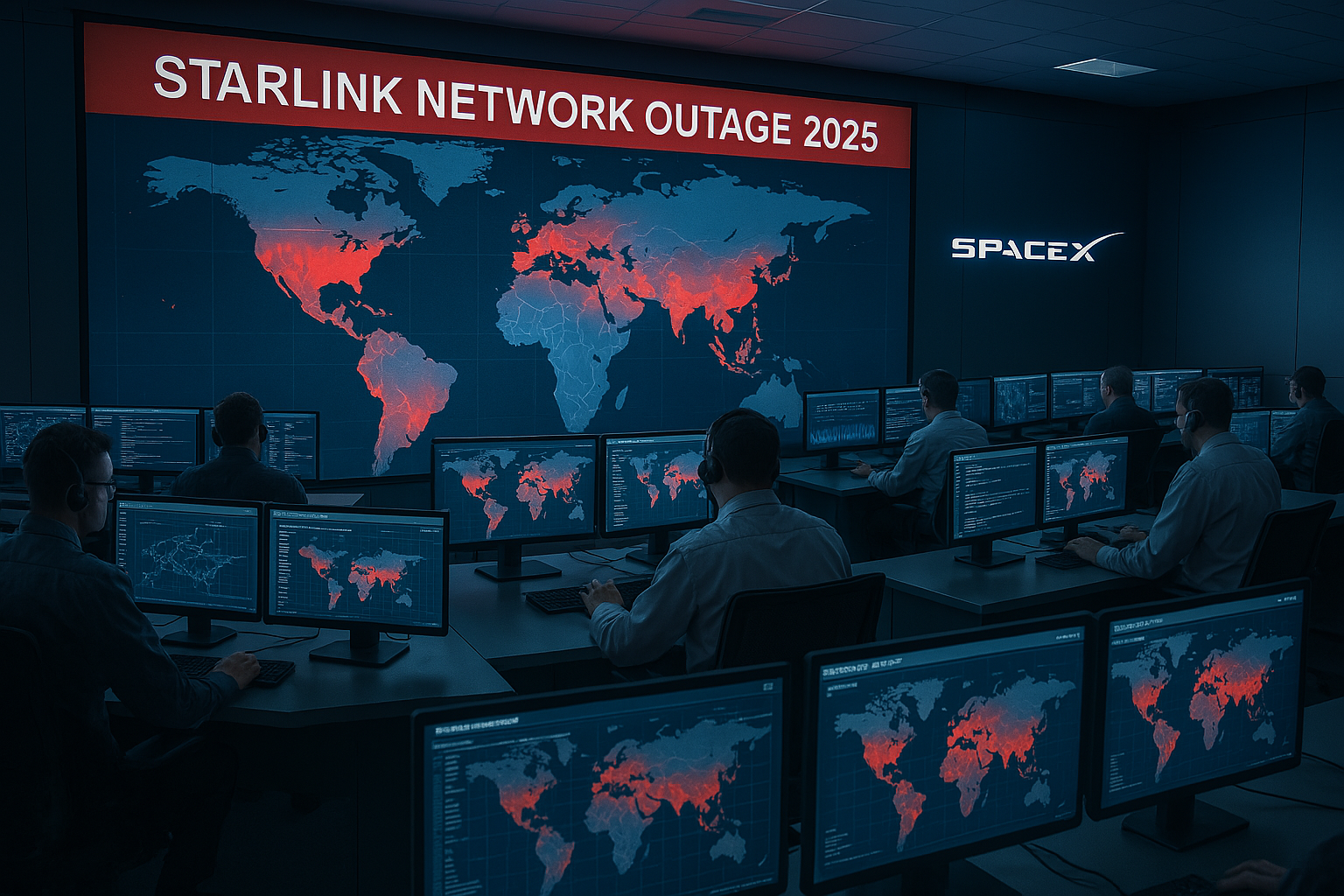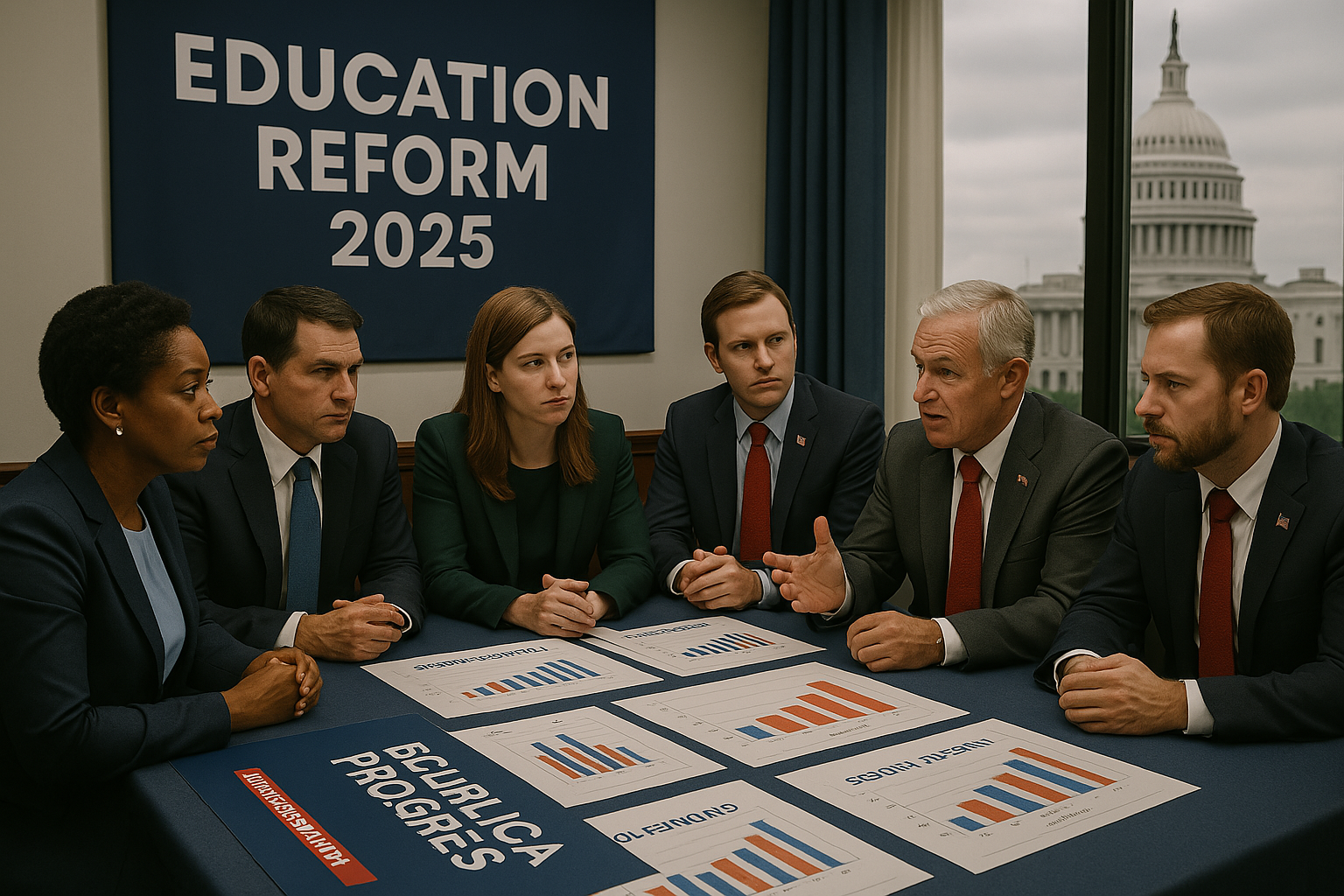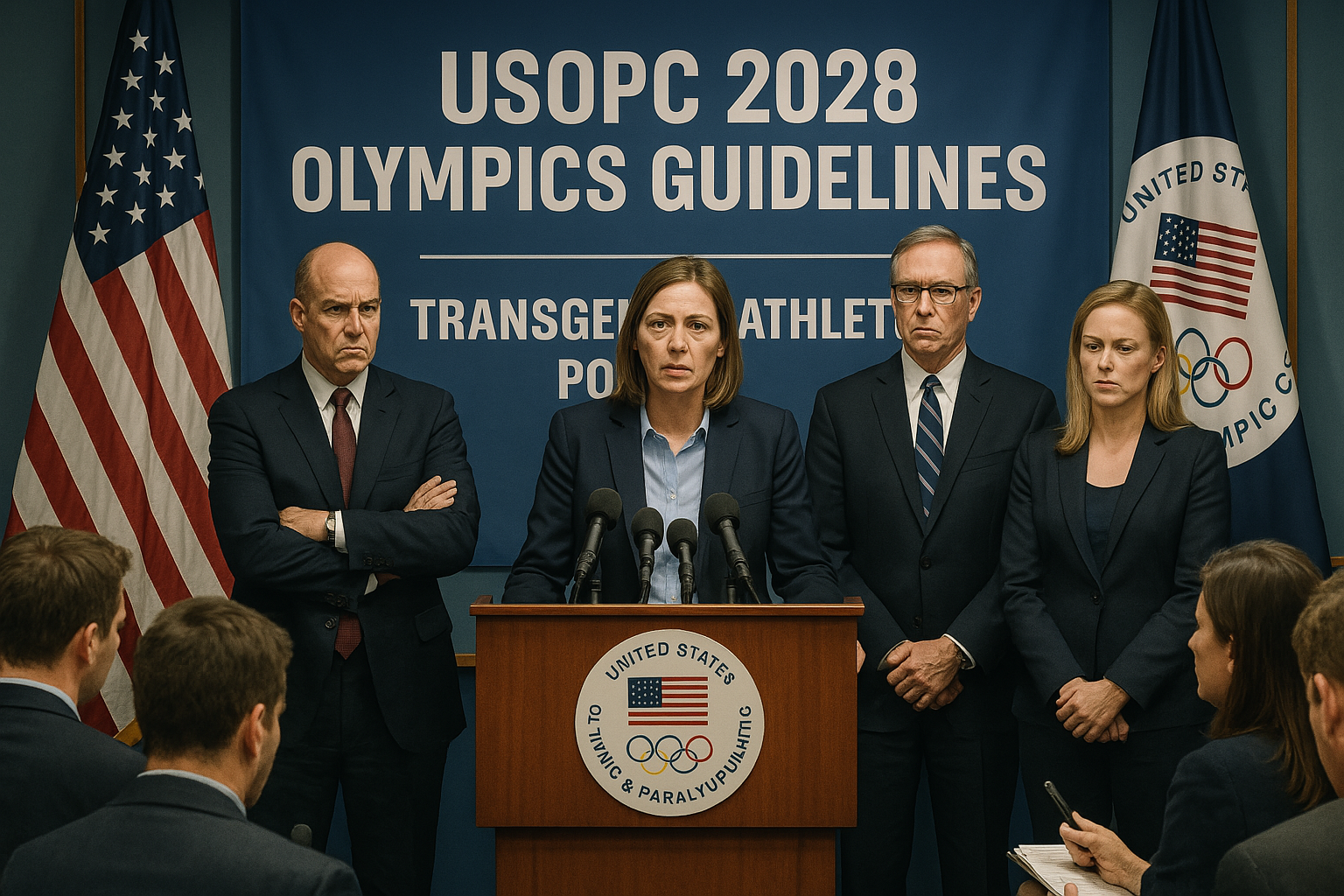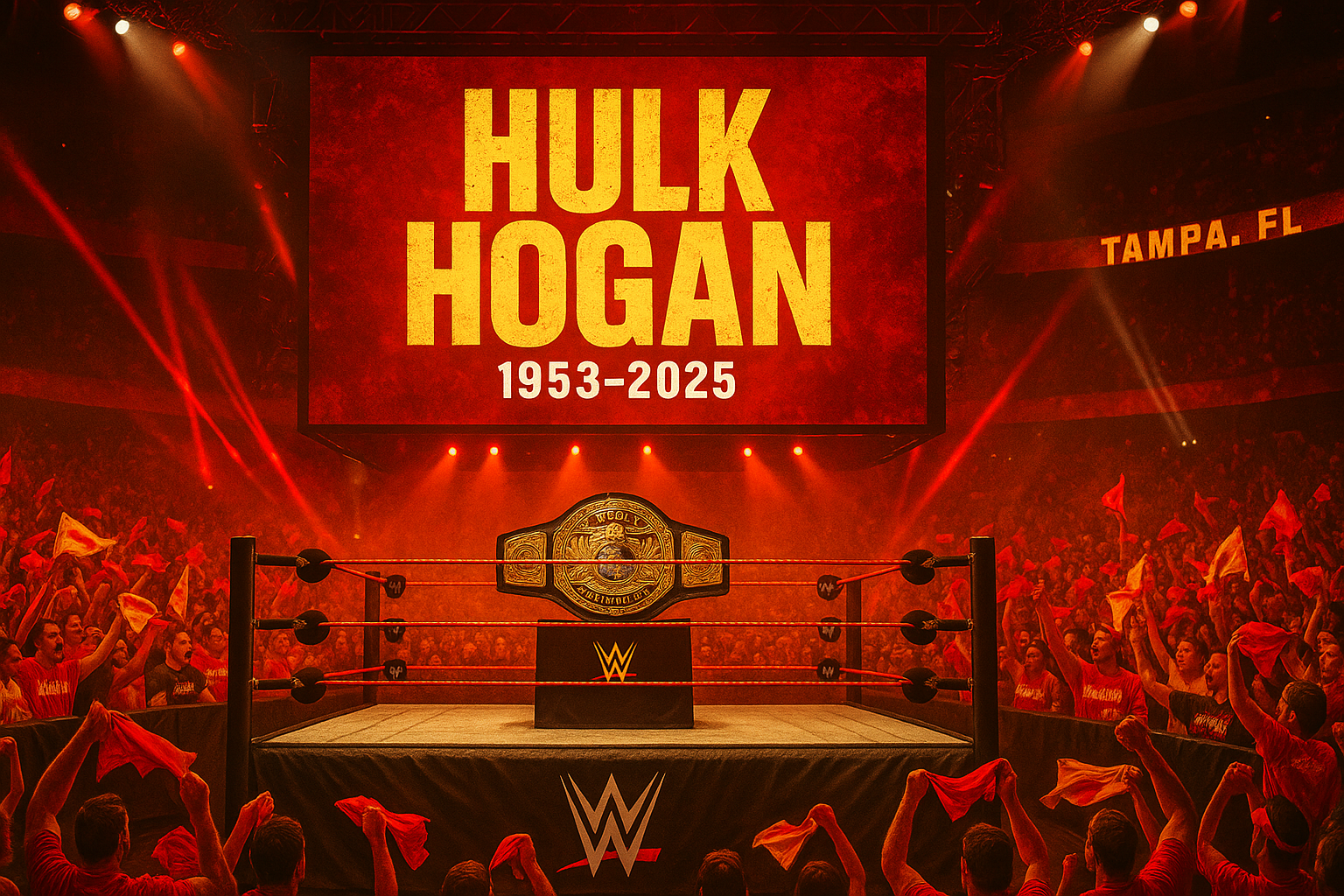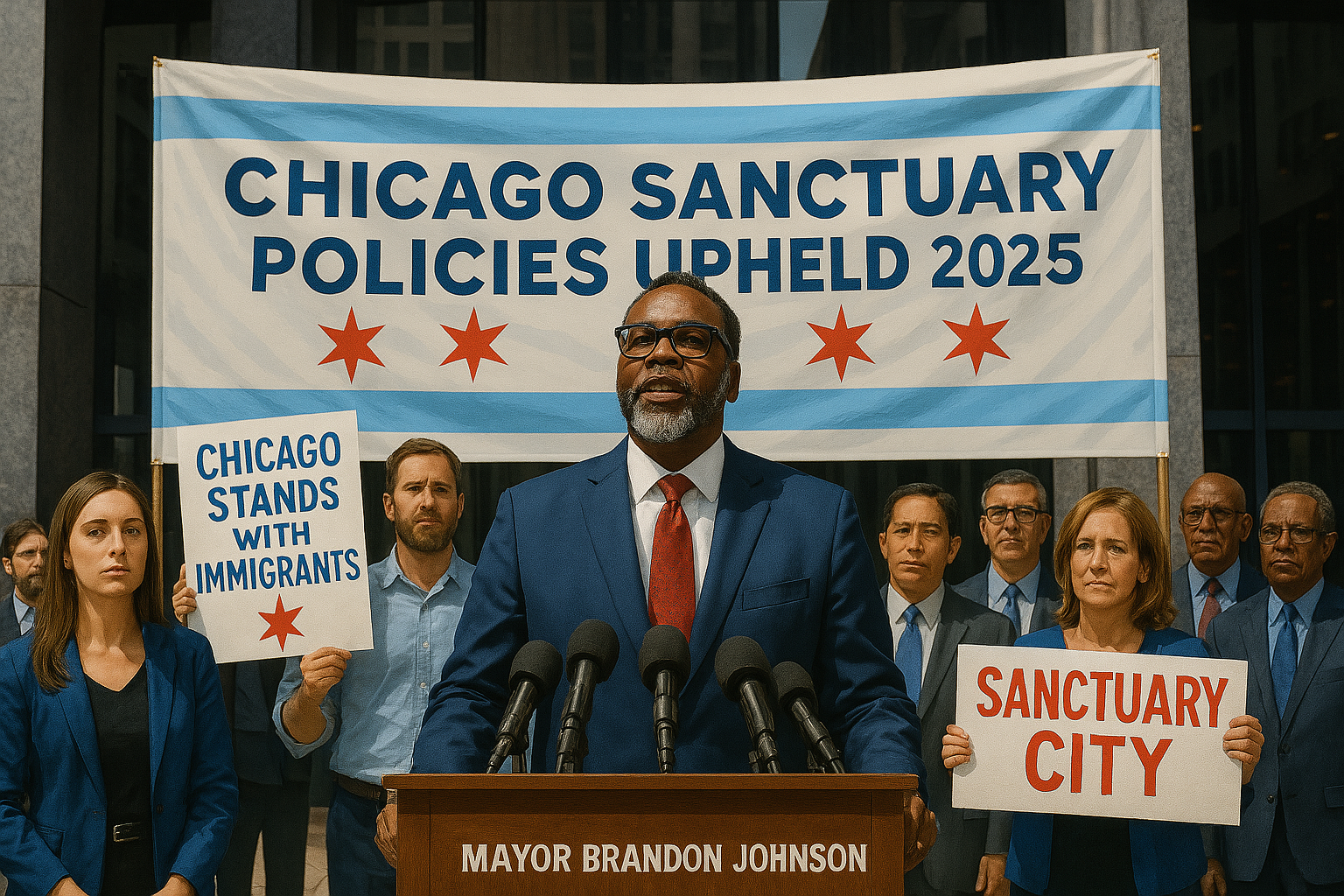Chicago Hosts Midwest Renewable Energy Summit
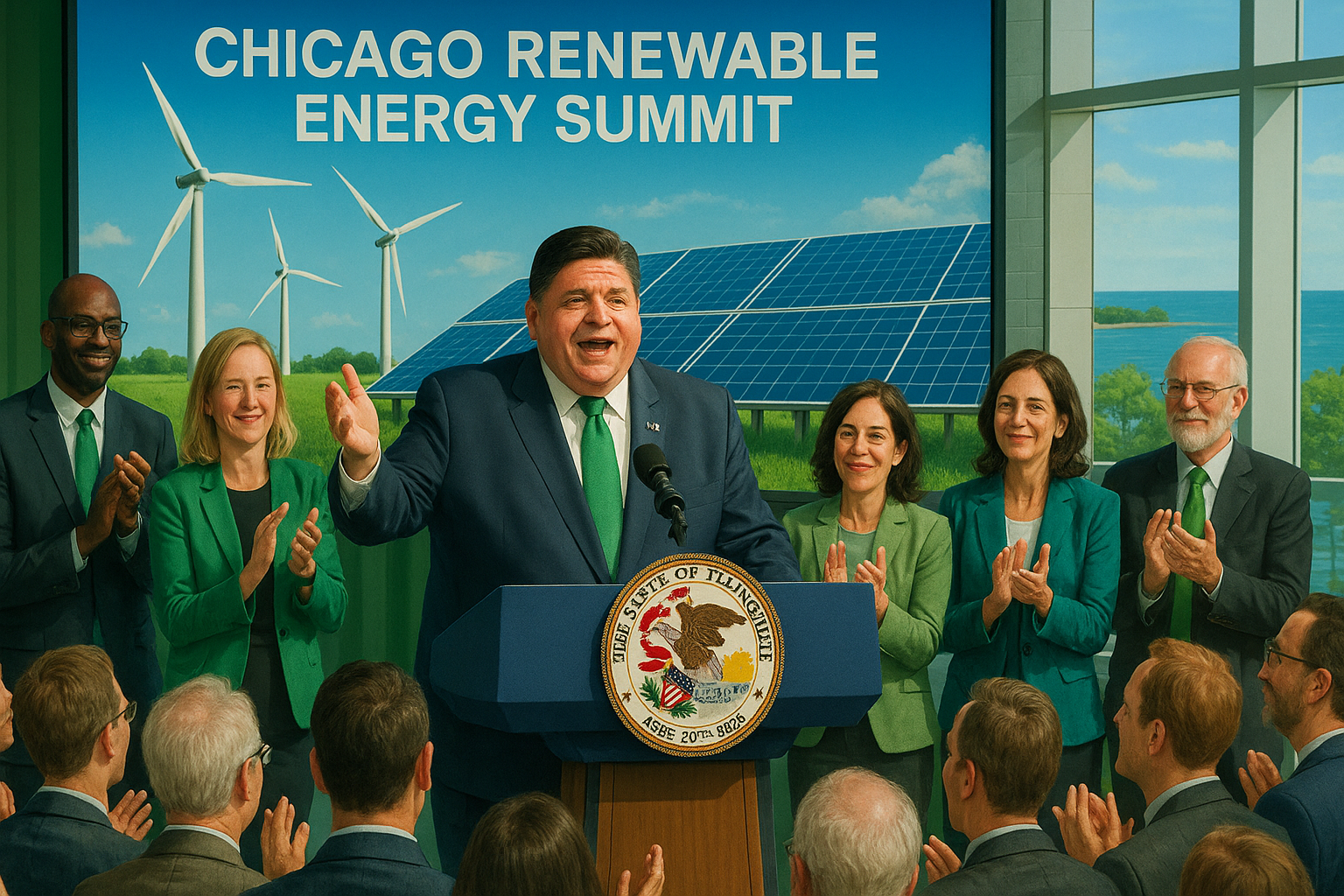
Chicago will host the Midwest Renewable Energy Summit on July 20, 2025, at McCormick Place, bringing together policymakers, industry leaders, and environmental advocates to position the region as a leader in clean energy. Organised by Governor J.B. Pritzker and Mayor Brandon Johnson, the summit aims to secure $1 billion in federal and private investment for wind, solar, and green hydrogen projects by 2030. As the U.S. grapples with climate challenges and the Trump administration’s rollback of environmental data, Chicago’s initiative seeks to drive economic growth and sustainability, drawing parallels to Indianapolis’s tech hub ambitions.
Summit Details
The summit, expected to draw 5,000 attendees, will feature keynotes from U.S. Energy Secretary Jennifer Granholm and Tesla CEO Elon Musk, focusing on Illinois’s role in the clean energy transition. Panels will cover offshore wind development in Lake Michigan, solar farm expansion in rural Illinois, and green hydrogen production, with Exelon and Invenergy announcing a $200 million joint venture. Chicago’s designation as a federal clean energy hub in 2024, alongside Indianapolis, underpins the event, which aims to create 15,000 jobs by 2030.
Illinois’s renewable portfolio, currently at 12% of energy production, lags behind California’s 50% but is poised for growth. The state’s Climate and Equitable Jobs Act of 2021 sets a 40% renewable target by 2040, and the summit will unveil a $500 million state fund to subsidise solar installations for low-income communities. Pritzker emphasised Chicago’s strategic position, citing its rail and port infrastructure as ideal for energy supply chains.
Economic and Regional Context
The summit comes amid national energy shifts. The Trump administration’s removal of the National Climate Assessment website has sparked concerns about data access, but Illinois is leveraging federal CHIPS Act funds to bolster clean tech. Chicago’s initiative mirrors Indianapolis’s $500 million tech hub, aiming to diversify the Midwest economy beyond manufacturing and agriculture. However, competition from states like Ohio, with its own renewable plans, challenges Illinois’s leadership.
Nationally, clean energy investments are surging, with the U.S. adding 20 gigawatts of solar capacity in 2024, per the Energy Information Administration. Chicago’s proximity to wind-rich Great Lakes states positions it to lead, but infrastructure costs—estimated at $300 billion for grid upgrades—pose hurdles. The summit will address these through public-private partnerships, with BP committing $100 million to a hydrogen plant in Joliet.
Community and Industry Response
Local leaders are optimistic. Mayor Johnson highlighted the summit’s potential to uplift Chicago’s South and West Sides, where unemployment exceeds 10%. The National Urban League’s 2025 report supports this, noting that clean energy jobs could reduce racial wealth gaps. On X, @GreenChicago2025 praised the event, gaining 12,000 views, though some users criticised its focus on corporate partnerships over grassroots solutions.
Environmental groups, like the Sierra Club, are pushing for community-led projects, citing California’s success with solar co-ops. Small businesses, such as Chicago’s renewable startups, expect a boost, with the Illinois Chamber of Commerce projecting a 15% increase in green tech revenue. However, rural communities worry about land use for solar farms, prompting summit sessions on balancing agriculture and energy.
Challenges and Opportunities
The summit faces challenges, including grid reliability and workforce readiness. Illinois’s ageing grid struggled during recent heat waves, and only 8% of its workforce is trained in renewable technologies, per a 2025 UIUC study. The summit’s skills academy, modelled on Indianapolis’s tech training, aims to train 3,000 workers annually. Resistance from fossil fuel industries, which employ 20,000 in Illinois, is another hurdle, with coal lobbyists opposing subsidies.
Opportunities include leveraging Chicago’s research ecosystem. Argonne National Laboratory will showcase AI-driven energy storage, potentially reducing costs by 20%. The summit also aligns with global trends, like Zambia’s $70 million green growth fund, offering a model for inclusive development. If successful, Chicago could rival California’s clean energy dominance.
Economic and Social Impact
The summit is projected to generate $1.5 billion in economic activity, boosting Chicago’s convention industry, which saw 2 million visitors in 2024. Hotels and restaurants near McCormick Place report 90% bookings for July 20. Socially, the focus on equitable jobs could uplift marginalised communities, with 25% of training slots reserved for minorities. However, gentrification risks in developing areas require careful planning, as seen in Indianapolis’s tech corridor debates.
Future Outlook
The summit’s success hinges on securing funding and community support. Federal grants are competitive, with California and New York vying for similar funds. Illinois plans a second summit in 2026, aiming to scale projects. If executed well, Chicago could become a clean energy hub, creating a model for Midwest cities like Indianapolis and Minneapolis.
Conclusion
Chicago’s Renewable Energy Summit is a bold step toward sustainability and economic diversification, positioning the city as a Midwest leader. By addressing infrastructure, equity, and innovation, the event could reshape the region’s future, but overcoming challenges will be key to its lasting impact.
